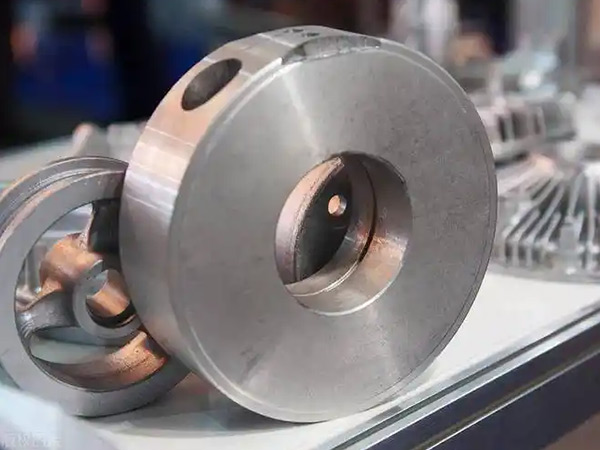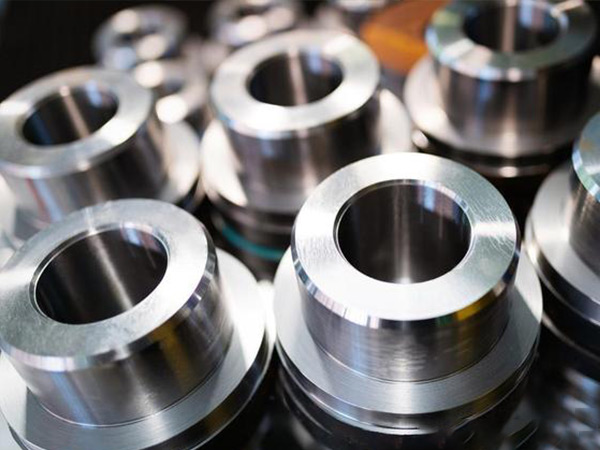The wrought superalloy market continues to evolve as end-users refine their expectations regarding performance, reliability, and supply chain dynamics. These high-performance alloys, known for their exceptional strength and resistance to extreme environments, are critical in industries such as aerospace, power generation, and oil & gas. As technology advances and market demands shift, customers are reassessing their requirements for wrought superalloy products. This article explores key trends influencing end-user expectations and how manufacturers are responding.

1. Performance Consistency Under Extreme Conditions
End-users increasingly prioritize consistent performance in high-stress environments. Wrought superalloys must maintain structural integrity under prolonged exposure to high temperatures, corrosion, and mechanical stress. Industries such as aerospace demand alloys that perform reliably in turbine engines, where even minor deviations can impact efficiency and safety.
Manufacturers are responding with tighter quality control measures and advanced testing protocols to ensure uniformity across batches. Enhanced metallurgical processes, including precision forging and heat treatment, help meet these stringent requirements.
2. Supply Chain Reliability and Lead Time Expectations
Global supply chain disruptions have led end-users to place greater emphasis on dependable material sourcing. Customers now seek suppliers with robust logistics networks and transparent production timelines. Long lead times, once tolerated, are now a significant concern, prompting manufacturers to optimize inventory management and production scheduling.
Some suppliers are adopting digital tracking systems to provide real-time updates on order status, improving transparency and trust with customers.
3. Cost-Effectiveness Without Compromising Quality
While wrought superalloys are inherently expensive due to their complex production processes, end-users are seeking ways to balance cost and performance. Rather than opting for lower-grade alternatives, many are working closely with suppliers to identify efficiencies in material usage and machining processes.
Manufacturers are exploring lean production techniques and alternative alloy formulations that maintain performance while reducing waste. This collaborative approach helps align pricing with customer budgets without sacrificing critical properties.
4. Customization and Application-Specific Solutions
End-users increasingly require tailored superalloy solutions for specialized applications. Whether for additive manufacturing, high-pressure turbine blades, or chemical processing equipment, customers expect alloys optimized for their specific operational conditions.
Suppliers are investing in R&D to develop custom compositions and processing techniques. Close collaboration between metallurgists and end-users ensures that final products meet exacting specifications.
5. Compliance with Evolving Industry Standards
Regulatory and industry standards continue to evolve, influencing end-user expectations. Compliance with specifications from organizations such as ASTM, AMS, and ISO is non-negotiable for many buyers. Additionally, some sectors are imposing stricter traceability requirements to ensure material authenticity.
Manufacturers are enhancing documentation practices and adopting advanced analytical techniques to verify compliance at every production stage.
Conclusion
End-users of wrought superalloy products are adjusting their expectations in response to technological advancements, supply chain challenges, and economic pressures. Performance consistency, supply chain reliability, cost optimization, customization, and compliance remain top priorities. Manufacturers that proactively address these demands through innovation and customer collaboration will strengthen their position in this competitive market.

As the industry evolves, ongoing dialogue between suppliers and end-users will be essential to ensure that wrought superalloys continue to meet the needs of critical high-performance applications.